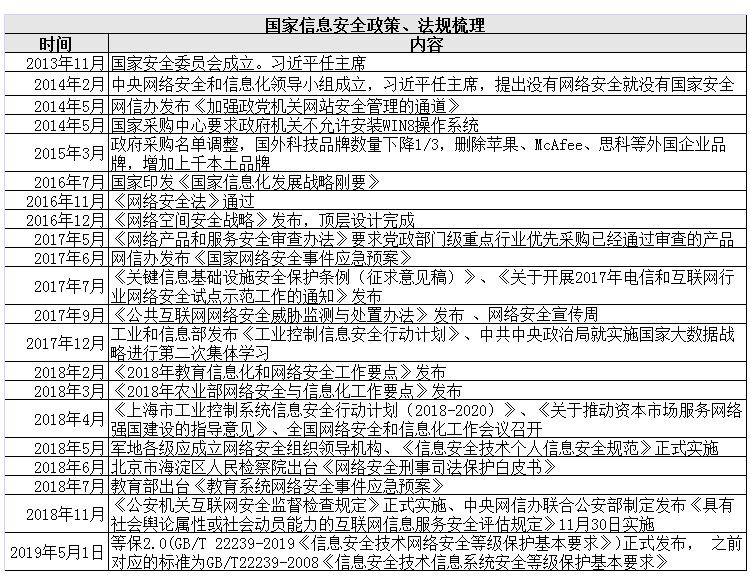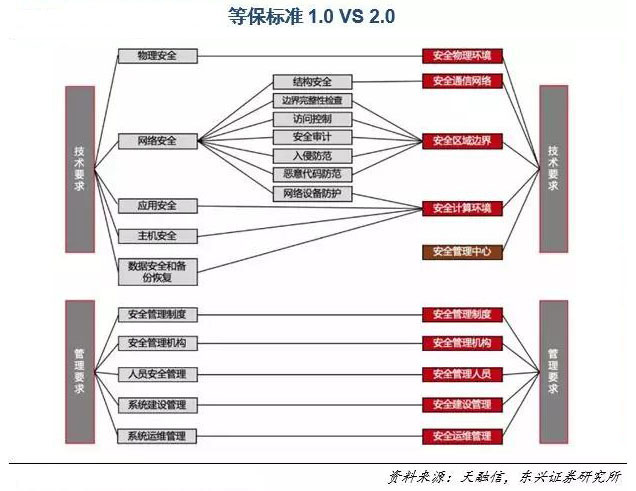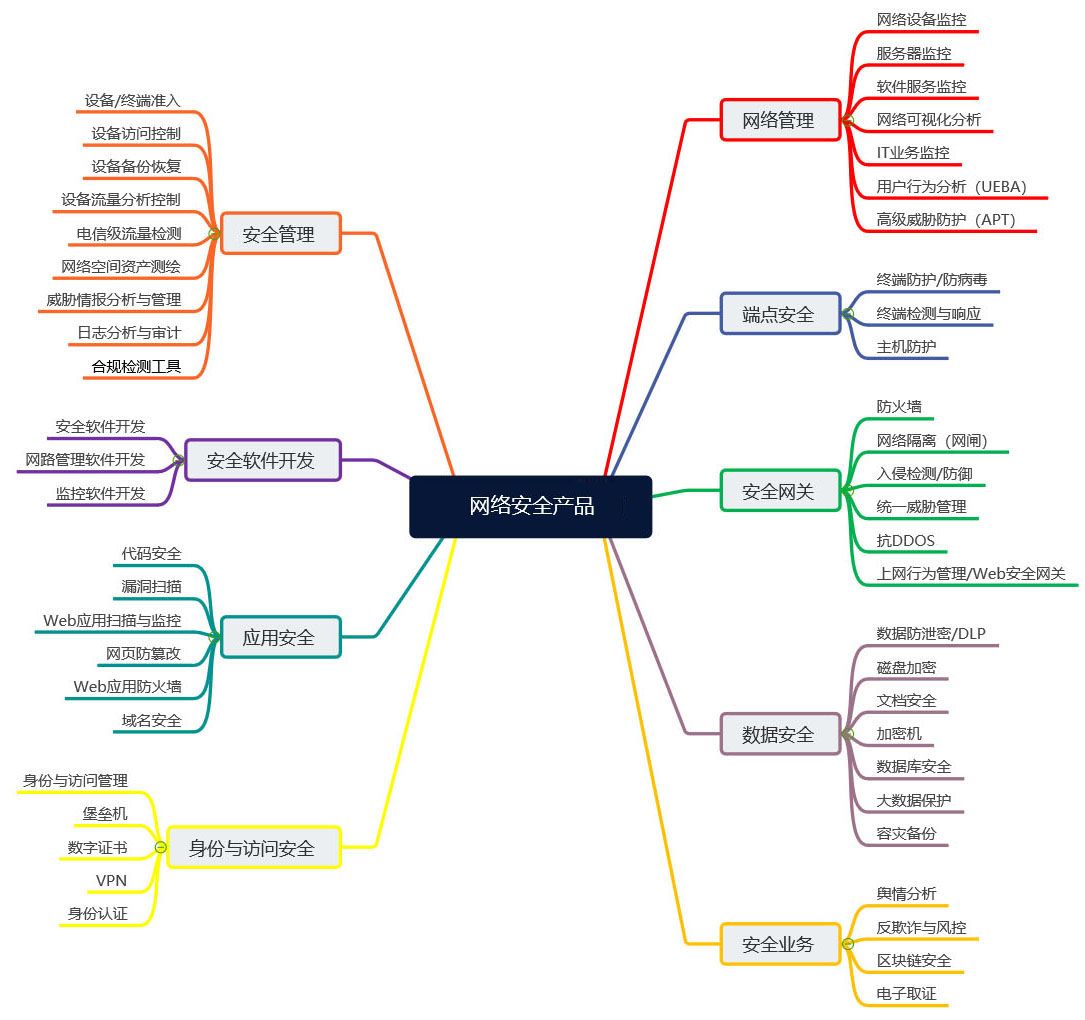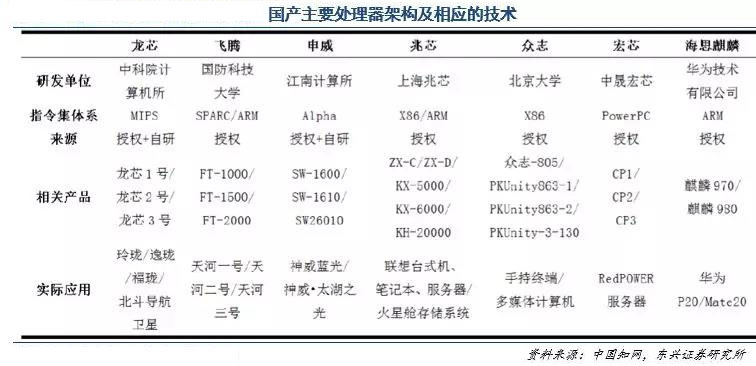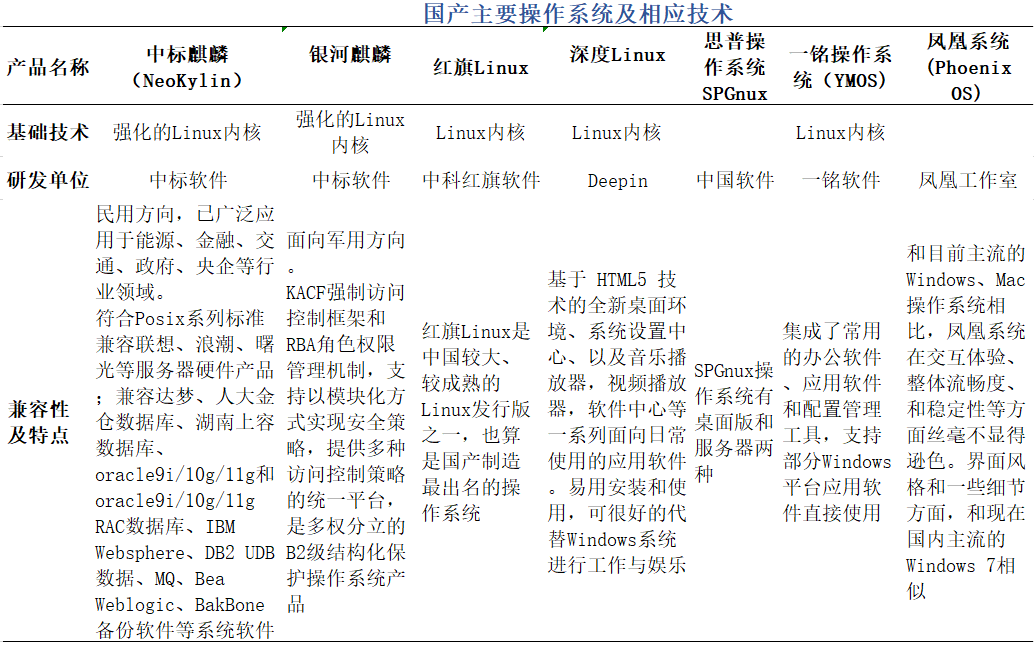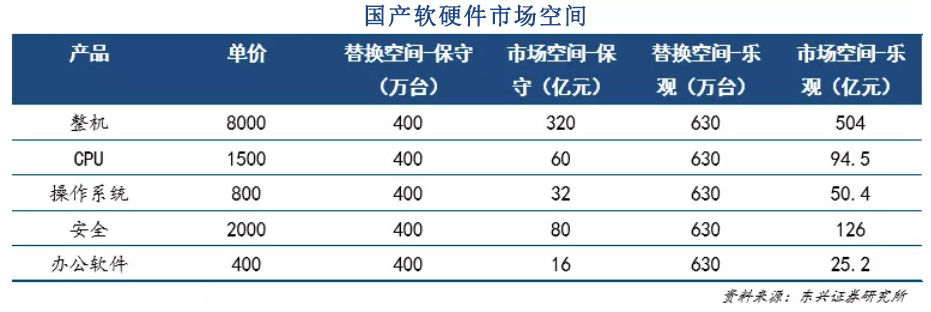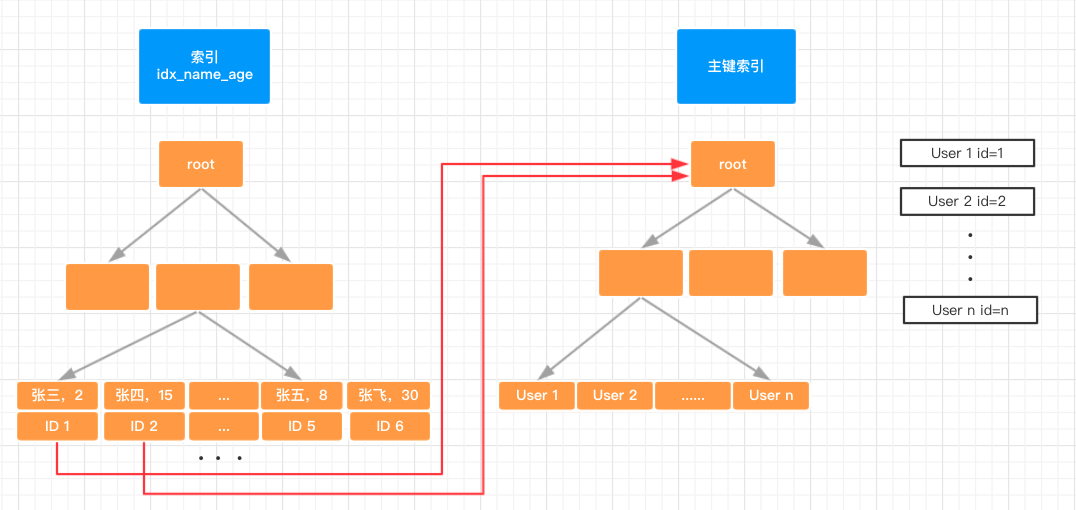1
2
3
4
5
6
7
8
9
10
11
12
13
14
15
16
17
18
19
20
21
22
23
24
25
26
27
28
29
30
31
32
33
34
35
36
37
38
39
40
41
42
43
44
45
46
47
48
49
50
51
52
53
54
55
56
57
58
59
60
61
62
63
64
65
66
67
68
69
70
71
72
73
74
75
76
77
78
79
80
81
82
83
84
85
86
87
88
89
90
91
92
93
94
95
96
97
98
99
100
101
102
103
104
105
106
107
108
109
110
111
112
113
114
115
116
117
118
119
120
121
122
123
124
125
126
127
128
129
130
131
132
133
134
135
136
137
138
139
140
141
142
143
144
145
146
147
148
149
150
151
152
153
154
155
156
157
158
159
160
161
162
163
164
165
166
167
168
169
170
171
172
173
174
175
176
177
178
179
180
181
182
183
184
185
186
187
188
189
190
191
192
193
194
195
196
197
198
199
200
201
202
203
204
205
206
207
208
209
210
211
212
213
214
215
216
217
218
219
220
221
222
223
224
225
226
227
228
229
230
231
232
233
234
235
236
237
238
239
240
241
242
243
244
245
246
247
248
249
250
251
252
253
254
255
256
257
258
259
260
261
262
263
264
265
266
267
268
269
270
271
272
273
274
275
276
277
278
279
280
281
282
283
284
285
286
287
288
289
290
291
292
293
294
295
296
297
298
299
300
301
302
303
304
305
306
307
308
309
310
311
312
313
314
315
316
317
318
319
320
321
322
323
324
325
326
327
328
329
330
331
332
333
334
335
336
337
338
339
340
341
342
343
344
345
346
347
348
349
350
351
352
353
354
355
356
357
358
359
360
361
362
363
364
365
366
367
368
369
370
371
372
373
374
375
376
377
378
379
380
381
382
383
384
385
386
387
388
389
390
391
392
393
394
395
396
397
398
399
400
401
402
403
404
405
406
407
408
409
410
411
412
413
414
415
416
417
418
419
420
421
422
423
424
425
426
427
428
429
430
431
432
433
434
435
436
437
438
439
440
441
442
443
444
445
446
447
448
449
450
451
452
453
454
455
456
457
458
459
460
461
462
463
464
465
466
467
468
469
470
471
472
473
474
475
476
477
478
479
480
481
482
483
484
485
486
487
488
489
490
491
492
493
494
495
496
497
498
499
500
501
502
503
504
505
506
507
508
509
510
511
512
513
514
515
516
517
| ================================================================
MOV - Move:
| Opcode | Instruction | Op/En| 64-Bit Mode| Compat/Leg Mode| Description
| 88 /r REX + 88 /r | MOV r/m8,r8 MOV r/m8***,r8*** | MR MR| Valid Valid| Valid N.E. | Move r8 to r/m8.Move r8 to r/m8.
| 89 /r | MOV r/m16,r16 | MR | Valid | Valid | Move r16 to r/m16.
| 89 /r | MOV r/m32,r32 | MR | Valid | Valid | Move r32 to r/m32.
| REX.W + 89 /r | MOV r/m64,r64 | MR | Valid | N.E. | Move r64 to r/m64.
| 8A /r | MOV r8,r/m8 | RM | Valid | Valid | Move r/m8 to r8.
| REX + 8A /r | MOV r8***,r/m8*** | RM | Valid | N.E. | Move r/m8 to r8.
| 8B /r | MOV r16,r/m16 | RM | Valid | Valid | Move r/m16 to r16.
| 8B /r | MOV r32,r/m32 | RM | Valid | Valid | Move r/m32 to r32.
| REX.W + 8B /r | MOV r64,r/m64 | RM | Valid | N.E. | Move r/m64 to r64.
| 8C /r | MOV r/m16,Sreg** | MR | Valid | Valid | Move segment register to r/m16.
| REX.W + 8C /r | MOV r/m64,Sreg** | MR | Valid | Valid | Move zero extended 16-bit segment register
| | | | | | to r/m64.
| 8E /r | MOV Sreg,r/m16** | RM | Valid | Valid | Move r/m16 to segment register.
| REX.W + 8E /r | MOV Sreg,r/m64** | RM | Valid | Valid | Move lower 16 bits of r/m64 to segment
| | | | | | register.
| A0 | MOV AL,moffs8* | FD | Valid | Valid | Move byte at (seg:offset) to AL.
| REX.W + A0 | MOV AL,moffs8* | FD | Valid | N.E. | Move byte at (offset) to AL.
| A1 | MOV AX,moffs16* | FD | Valid | Valid | Move word at (seg:offset) to AX.
| A1 | MOV EAX,moffs32* | FD | Valid | Valid | Move doubleword at (seg:offset) to EAX.
| REX.W + A1 | MOV RAX,moffs64* | FD | Valid | N.E. | Move quadword at (offset) to RAX.
| A2 REX.W + A2 | MOV moffs8,AL MOV moffs8***,AL| TD TD| Valid Valid| Valid N.E. | Move AL to (seg:offset).Move AL to
| | | | | | (offset).
| A3 | MOV moffs16*,AX | TD | Valid | Valid | Move AX to (seg:offset).
| A3 | MOV moffs32*,EAX | TD | Valid | Valid | Move EAX to (seg:offset).
| REX.W + A3 | MOV moffs64*,RAX | TD | Valid | N.E. | Move RAX to (offset).
| B0+ rb ib REX + B0+ rb ib| MOV r8, imm8 MOV r8***, imm8 | OI OI| Valid Valid| Valid N.E. | Move imm8 to r8.Move imm8 to r8.
| B8+ rw iw | MOV r16, imm16 | OI | Valid | Valid | Move imm16 to r16.
| B8+ rd id | MOV r32, imm32 | OI | Valid | Valid | Move imm32 to r32.
| REX.W + B8+ rd io | MOV r64, imm64 | OI | Valid | N.E. | Move imm64 to r64.
| C6 /0 ib | MOV r/m8, imm8 | MI | Valid | Valid | Move imm8 to r/m8.
| REX + C6 /0 ib | MOV r/m8***, imm8 | MI | Valid | N.E. | Move imm8 to r/m8.
| C7 /0 iw | MOV r/m16, imm16 | MI | Valid | Valid | Move imm16 to r/m16.
| C7 /0 id | MOV r/m32, imm32 | MI | Valid | Valid | Move imm32 to r/m32.
| REX.W + C7 /0 io | MOV r/m64, imm32 | MI | Valid | N.E. | Move imm32 sign extended to 64-bits
| | | | | | to r/m64.
Notes:* The moffs8, moffs16, moffs32 and moffs64 operands specify a simple
offset relative to the segment base, where 8, 16, 32 and 64 refer to the size
of the data.The address-size attribute of the instruction determines the size
of the offset, either 16, 32 or 64 bits.** In 32-bit mode, the assembler may
insert the 16-bit operand-size prefix with this instruction (see the following
“Description” section for further information).***In 64-bit mode, r/m8 can
not be encoded to access the following byte registers if a REX prefix is used:
AH, BH, CH, DH.
指令操作数编码:
| Op/En| Operand 1 | Operand 2 | Operand 3| Operand 4
| MR | ModRM:r/m (w) | ModRM:reg (r)| NA | NA
| RM | ModRM:reg (w) | ModRM:r/m (r)| NA | NA
| FD | AL/AX/EAX/RAX | Moffs | NA | NA
| TD | Moffs (w) | AL/AX/EAX/RAX| NA | NA
| OI | opcode + rd (w)| imm8/16/32/64| NA | NA
| MI | ModRM:r/m (w) | imm8/16/32/64| NA | NA
Description:
Copies the second operand (source operand) to the first operand (destination
operand).The source operand can be an immediate value, general-purpose register,
segment register, or memory location; the destination register can be a general-purpose
register, segment register, or memory location.Both operands must be the same
size, which can be a byte, a word, a doubleword, or a quadword.
The MOV instruction cannot be used to load the CS register.Attempting to do
so results in an invalid opcode exception (#UD).To load the CS register, use
the far JMP, CALL, or RET instruction.
If the destination operand is a segment register (DS, ES, FS, GS, or SS), the
source operand must be a valid segment selector.In protected mode, moving a
segment selector into a segment register automatically causes the segment descriptor
information associated with that segment selector to be loaded into the hidden
(shadow) part of the segment register.While loading this information, the segment
selector and segment descriptor information is validated (see the “Operation”
algorithm below).The segment descriptor data is obtained from the GDT or LDT
entry for the specified segment selector.
A NULL segment selector (values 0000-0003) can be loaded into the DS, ES, FS,
and GS registers without causing a protection exception.However, any subsequent
attempt to reference a segment whose corresponding segment register is loaded
with a NULL value causes a general protection exception (#GP) and no memory
reference occurs.
Loading the SS register with a MOV instruction inhibits all interrupts until
after the execution of the next instruction.This operation allows a stack pointer
to be loaded into the ESP register with the next instruction (MOV ESP, stack-pointer
value) before an interrupt occurs1.Be aware that the LSS instruction offers
a more efficient method of loading the SS and ESP registers.
When operating in 32-bit mode and moving data between a segment register and
a general-purpose register, the 32-bit IA-32 processors do not require the use
of the 16-bit operand-size prefix (a byte with the value 66H) with
| 1.| If a code instruction breakpoint (for
| | debug) is placed on an instruction located
| | immediately after a MOV SS instruction,
| | the breakpoint may not be triggered.
| | However, in a sequence of instructions
| | that load the SS register, only the
| | first instruction in the sequence is
| | guaranteed to delay an interrupt.In
| | the following sequence, interrupts may
| | be recognized before MOV ESP, EBP executes:
| | MOV SS, EDX MOV SS, EAX MOV ESP, EBP
this instruction, but most assemblers will insert it if the standard form of
the instruction is used (for example, MOV DS, AX).The processor will execute
this instruction correctly, but it will usually require an extra clock.With
most assemblers, using the instruction form MOV DS, EAX will avoid this unneeded
66H prefix.When the processor executes the instruction with a 32-bit general-purpose
register, it assumes that the 16 least-significant bits of the general-purpose
register are the destination or source operand.If the register is a destination
operand, the resulting value in the two high-order bytes of the register is
implementation dependent.For the Pentium 4, Intel Xeon, and P6 family processors,
the two high-order bytes are filled with zeros; for earlier 32-bit IA-32 processors,
the two high order bytes are undefined.
In 64-bit mode, the instruction's default operation size is 32 bits.Use of
the REX.R prefix permits access to additional registers (R8-R15).Use of the
REX.W prefix promotes operation to 64 bits.See the summary chart at the beginning
of this section for encoding data and limits.
操作:
DEST <- SRC;
Loading a segment register while in protected mode results in special checks and actions, as described in the
following listing.These checks are performed on the segment selector and the segment descriptor to which it
points.
IF SS is loaded
THEN
IF segment selector is NULL
THEN #GP(0); FI;
IF segment selector index is outside descriptor table limits
or segment selector's RPL != CPL
or segment is not a writable data segment
or DPL != CPL
THEN #GP(selector); FI;
IF segment not marked present
THEN #SS(selector);
ELSE
SS <- segment selector;
SS <- segment descriptor; FI;
FI;
IF DS, ES, FS, or GS is loaded with non-NULL selector
THEN
IF segment selector index is outside descriptor table limits
or segment is not a data or readable code segment
or ((segment is a data or nonconforming code segment)
or ((RPL > DPL) and (CPL > DPL))
THEN #GP(selector); FI;
IF segment not marked present
THEN #NP(selector);
ELSE
SegmentRegister <- segment selector;
SegmentRegister <- segment descriptor; FI;
FI;
IF DS, ES, FS, or GS is loaded with NULL selector
THEN
SegmentRegister <- segment selector;
SegmentRegister <- segment descriptor;
FI;
Flags Affected:
None.
保护模式:
| #GP(0) | If attempt is made to load SS register
| | with NULL segment selector.If the destination
| | operand is in a non-writable segment.
| | If a memory operand effective address
| | is outside the CS, DS, ES, FS, or GS
| | segment limit.If the DS, ES, FS, or
| | GS register contains a NULL segment
| | selector.
| #GP(selector) | If segment selector index is outside
| | descriptor table limits.If the SS register
| | is being loaded and the segment selector's
| | RPL and the segment descriptor's DPL
| | are not equal to the CPL.If the SS
| | register is being loaded and the segment
| | pointed to is a non-writable data segment.
| | If the DS, ES, FS, or GS register is
| | being loaded and the segment pointed
| | to is not a data or readable code segment.
| | If the DS, ES, FS, or GS register is
| | being loaded and the segment pointed
| | to is a data or nonconforming code segment,
| | but both the RPL and the CPL are greater
| | than the DPL.
| #SS(0) | If a memory operand effective address
| | is outside the SS segment limit.
| #SS(selector) | If the SS register is being loaded and
| | the segment pointed to is marked not
| | present.
| #NP | If the DS, ES, FS, or GS register is
| | being loaded and the segment pointed
| | to is marked not present.
| #PF(fault-code)| If a page fault occurs.
| #AC(0) | If alignment checking is enabled and
| | an unaligned memory reference is made
| | while the current privilege level is
| | 3.
| #UD | If attempt is made to load the CS register.
| | If the LOCK prefix is used.
Real-地址模式异常:
| #GP| If a memory operand effective address
| | is outside the CS, DS, ES, FS, or GS
| | segment limit.
| #SS| If a memory operand effective address
| | is outside the SS segment limit.
| #UD| If attempt is made to load the CS register.
| | If the LOCK prefix is used.
Virtual-8086 模式异常:
| #GP(0) | If a memory operand effective address
| | is outside the CS, DS, ES, FS, or GS
| | segment limit.
| #SS(0) | If a memory operand effective address
| | is outside the SS segment limit.
| #PF(fault-code)| If a page fault occurs.
| #AC(0) | If alignment checking is enabled and
| | an unaligned memory reference is made.
| #UD | If attempt is made to load the CS register.
| | If the LOCK prefix is used.
兼容模式:
Same exceptions as in protected mode.
64-Bit 模式异常:
| #GP(0) | If the memory address is in a non-canonical
| | form.If an attempt is made to load
| | SS register with NULL segment selector
| | when CPL = 3.If an attempt is made
| | to load SS register with NULL segment
| | selector when CPL < 3 and CPL != RPL.
| #GP(selector) | If segment selector index is outside
| | descriptor table limits.If the memory
| | access to the descriptor table is non-canonical.
| | If the SS register is being loaded and
| | the segment selector's RPL and the segment
| | descriptor's DPL are not equal to the
| | CPL.If the SS register is being loaded
| | and the segment pointed to is a nonwritable
| | data segment.If the DS, ES, FS, or
| | GS register is being loaded and the
| | segment pointed to is not a data or
| | readable code segment.If the DS, ES,
| | FS, or GS register is being loaded and
| | the segment pointed to is a data or
| | nonconforming code segment, but both
| | the RPL and the CPL are greater than
| | the DPL.
| #SS(0) | If the stack address is in a non-canonical
| | form.
| #SS(selector) | If the SS register is being loaded and
| | the segment pointed to is marked not
| | present.
| #PF(fault-code)| If a page fault occurs.
| #AC(0) | If alignment checking is enabled and
| | an unaligned memory reference is made
| | while the current privilege level is
| | 3.
| #UD | If attempt is made to load the CS register.
| | If the LOCK prefix is used.
MOV - Move to/from Control Registers:
| Opcode/Instruction | Op/En| 64-Bit Mode| Compat/Leg Mode| Description
| 0F 20/r MOV r32, CR0-CR7 | MR | N.E. | Valid | Move control register to r32.
| 0F 20/r MOV r64, CR0-CR7 REX.R + 0F| MR MR| Valid Valid| N.E.N.E. | Move extended control register to r64.
| 20 /0 MOV r64, CR8 | | | | Move extended CR8 to r64.1
| 0F 22 /r MOV CR0-CR7, r32 | RM | N.E. | Valid | Move r32 to control register.
| 0F 22 /r MOV CR0-CR7, r64 | RM | Valid | N.E. | Move r64 to extended control register.
| REX.R + 0F 22 /0 MOV CR8, r64 | RM | Valid | N.E. | Move r64 to extended CR8.1
NOTE::
| 1.| MOV CR* instructions, except for MOV
| | CR8, are serializing instructions.MOV
| | CR8 is not architecturally defined as
| | a serializing instruction.For more
| | information, see Chapter 8 in Intel®
| | 64 and IA-32 Architectures Software
| | Developer's Manual, Volume 3A.
指令操作数编码:
| Op/En| Operand 1 | Operand 2 | Operand 3| Operand 4
| MR | ModRM:r/m (w)| ModRM:reg (r)| NA | NA
| RM | ModRM:reg (w)| ModRM:r/m (r)| NA | NA
Description:
Moves the contents of a control register (CR0, CR2, CR3, CR4, or CR8) to a general-purpose
register or the contents of a general purpose register to a control register.
The operand size for these instructions is always 32 bits in non-64-bit modes,
regardless of the operand-size attribute.(See “Control Registers” in Chapter
2 of the Intel®64 and IA-32 Architectures Software Developer's Manual, Volume
3A, for a detailed description of the flags and fields in the control registers.)
This instruction can be executed only when the current privilege level is 0.
At the opcode level, the reg field within the ModR/M byte specifies which of
the control registers is loaded or read.The 2 bits in the mod field are ignored.
The r/m field specifies the general-purpose register loaded or read.Attempts
to reference CR1, CR5, CR6, CR7, and CR9-CR15 result in undefined opcode (#UD)
exceptions.
When loading control registers, programs should not attempt to change the reserved
bits; that is, always set reserved bits to the value previously read.An attempt
to change CR4's reserved bits will cause a general protection fault.Reserved
bits in CR0 and CR3 remain clear after any load of those registers; attempts
to set them have no impact.On Pentium 4, Intel Xeon and P6 family processors,
CR0.ET remains set after any load of CR0; attempts to clear this bit have no
impact.
In certain cases, these instructions have the side effect of invalidating entries
in the TLBs and the paging-structure caches.See Section 4.10.4.1, “Operations
that Invalidate TLBs and Paging-Structure Caches,” in the Intel® 64 and IA-32
Architectures Software Developer's Manual, Volume 3A for details.
The following side effects are implementation-specific for the Pentium 4, Intel
Xeon, and P6 processor family: when modifying PE or PG in register CR0, or PSE
or PAE in register CR4, all TLB entries are flushed, including global entries.
Software should not depend on this functionality in all Intel 64 or IA-32 processors.
In 64-bit mode, the instruction's default operation size is 64 bits.The REX.R
prefix must be used to access CR8.Use of REX.B permits access to additional
registers (R8-R15).Use of the REX.W prefix or 66H prefix is ignored.Use of
the REX.R prefix to specify a register other than CR8 causes an invalid-opcode
exception.See the summary chart at the beginning of this section for encoding
data and limits.
If CR4.PCIDE = 1, bit 63 of the source operand to MOV to CR3 determines whether
the instruction invalidates entries in the TLBs and the paging-structure caches
(see Section 4.10.4.1, “Operations that Invalidate TLBs and Paging-Structure
Caches,” in the Intel® 64 and IA-32 Architectures Software Developer's Manual,
Volume 3A).The instruction does not modify bit 63 of CR3, which is reserved
and always 0.
See “Changes to Instruction Behavior in VMX Non-Root Operation” in Chapter 25
of the Intel® 64 and IA-32 Architectures Software Developer's Manual, Volume
3C, for more information about the behavior of this instruction in VMX non-root
operation.
操作:
DEST <- SRC;
Flags Affected:
The OF, SF, ZF, AF, PF, and CF flags are undefined.
保护模式:
| #GP(0)| If the current privilege level is not
| | 0.If an attempt is made to write invalid
| | bit combinations in CR0 (such as setting
| | the PG flag to 1 when the PE flag is
| | set to 0, or setting the CD flag to
| | 0 when the NW flag is set to 1).If
| | an attempt is made to write a 1 to any
| | reserved bit in CR4.If an attempt is
| | made to write 1 to CR4.PCIDE.If any
| | of the reserved bits are set in the
| | page-directory pointers table (PDPT)
| | and the loading of a control register
| | causes the PDPT to be loaded into the
| | processor.
| #UD | If the LOCK prefix is used.If an attempt
| | is made to access CR1, CR5, CR6, or
| | CR7.
Real-地址模式异常:
| #GP| If an attempt is made to write a 1 to
| | any reserved bit in CR4.If an attempt
| | is made to write 1 to CR4.PCIDE.If
| | an attempt is made to write invalid
| | bit combinations in CR0 (such as setting
| | the PG flag to 1 when the PE flag is
| | set to 0).
| #UD| 如果使用LOCK前缀.If an attempt
| | is made to access CR1, CR5, CR6, or
| | CR7.
Virtual-8086 模式异常:
| #GP(0)| These instructions cannot be executed
| | in virtual-8086 mode.
兼容模式:
| #GP(0)| If the current privilege level is not
| | 0.If an attempt is made to write invalid
| | bit combinations in CR0 (such as setting
| | the PG flag to 1 when the PE flag is
| | set to 0, or setting the CD flag to
| | 0 when the NW flag is set to 1).If
| | an attempt is made to change CR4.PCIDE
| | from 0 to 1 while CR3[11:0] != 000H.
| | If an attempt is made to clear CR0.PG[bit
| | 31] while CR4.PCIDE = 1.If an attempt
| | is made to write a 1 to any reserved
| | bit in CR3.If an attempt is made to
| | leave IA-32e mode by clearing CR4.PAE[bit
| | 5].
| #UD | If the LOCK prefix is used.If an attempt
| | is made to access CR1, CR5, CR6, or
| | CR7.
64-Bit 模式异常:
| #GP(0)| If the current privilege level is not
| | 0.If an attempt is made to write invalid
| | bit combinations in CR0 (such as setting
| | the PG flag to 1 when the PE flag is
| | set to 0, or setting the CD flag to
| | 0 when the NW flag is set to 1).If
| | an attempt is made to change CR4.PCIDE
| | from 0 to 1 while CR3[11:0] != 000H.
| | If an attempt is made to clear CR0.PG[bit
| | 31].If an attempt is made to write
| | a 1 to any reserved bit in CR4.If an
| | attempt is made to write a 1 to any
| | reserved bit in CR8.If an attempt is
| | made to write a 1 to any reserved bit
| | in CR3.If an attempt is made to leave
| | IA-32e mode by clearing CR4.PAE[bit
| | 5].
| #UD | If the LOCK prefix is used.If an attempt
| | is made to access CR1, CR5, CR6, or
| | CR7.If the REX.R prefix is used to
| | specify a register other than CR8.
MOV - Move to/from Debug Registers:
| Opcode/Instruction | Op/En| 64-Bit Mode| Compat/Leg Mode| Description
| 0F 21/r MOV r32, DR0-DR7 | MR | N.E. | Valid | Move debug register to r32.
| 0F 21/r MOV r64, DR0-DR7 | MR | Valid | N.E. | Move extended debug register to r64.
| 0F 23 /r MOV DR0-DR7, r32| RM | N.E. | Valid | Move r32 to debug register.
| 0F 23 /r MOV DR0-DR7, r64| RM | Valid | N.E. | Move r64 to extended debug register.
指令操作数编码:
| Op/En| Operand 1 | Operand 2 | Operand 3| Operand 4
| MR | ModRM:r/m (w)| ModRM:reg (r)| NA | NA
| RM | ModRM:reg (w)| ModRM:r/m (r)| NA | NA
Description:
Moves the contents of a debug register (DR0, DR1, DR2, DR3, DR4, DR5, DR6, or
DR7) to a general-purpose register or vice versa.The operand size for these
instructions is always 32 bits in non-64-bit modes, regardless of the operand-size
attribute.(See Section 17.2, “Debug Registers”, of the Intel® 64 and IA-32
Architectures Software Developer's Manual, Volume 3A, for a detailed description
of the flags and fields in the debug registers.)
The instructions must be executed at privilege level 0 or in real-address mode.
When the debug extension (DE) flag in register CR4 is clear, these instructions
operate on debug registers in a manner that is compatible with Intel386 and
Intel486 processors.In this mode, references to DR4 and DR5 refer to DR6 and
DR7, respectively.When the DE flag in CR4 is set, attempts to reference DR4
and DR5 result in an undefined opcode (#UD) exception.(The CR4 register was
added to the IA-32 Architecture beginning with the Pentium processor.)
At the opcode level, the reg field within the ModR/M byte specifies which of
the debug registers is loaded or read.The two bits in the mod field are ignored.
The r/m field specifies the general-purpose register loaded or read.
In 64-bit mode, the instruction's default operation size is 64 bits.Use of
the REX.B prefix permits access to additional registers (R8-R15).Use of the
REX.W or 66H prefix is ignored.Use of the REX.R prefix causes an invalidopcode
exception.See the summary chart at the beginning of this section for encoding
data and limits.
操作:
IF ((DE = 1) and (SRC or DEST = DR4 or DR5))
THEN
#UD;
ELSE
DEST <- SRC;
FI;
Flags Affected:
The OF, SF, ZF, AF, PF, and CF flags are undefined.
保护模式:
| #GP(0)| If the current privilege level is not
| | 0.
| #UD | If CR4.DE[bit 3] = 1 (debug extensions)
| | and a MOV instruction is executed involving
| | DR4 or DR5.If the LOCK prefix is used.
| #DB | If any debug register is accessed while
| | the DR7.GD[bit 13] = 1.
Real-地址模式异常:
| #UD| If CR4.DE[bit 3] = 1 (debug extensions)
| | and a MOV instruction is executed involving
| | DR4 or DR5.If the LOCK prefix is used.
| #DB| If any debug register is accessed while
| | the DR7.GD[bit 13] = 1.
Virtual-8086 模式异常:
| #GP(0)| The debug registers cannot be loaded
| | or read when in virtual-8086 mode.
兼容模式:
Same exceptions as in protected mode.
64-Bit 模式异常:
| #GP(0)| If the current privilege level is not
| | 0.If an attempt is made to write a
| | 1 to any of bits 63:32 in DR6.If an
| | attempt is made to write a 1 to any
| | of bits 63:32 in DR7.
| #UD | If CR4.DE[bit 3] = 1 (debug extensions)
| | and a MOV instruction is executed involving
| | DR4 or DR5.If the LOCK prefix is used.
| | If the REX.R prefix is used.
| #DB | If any debug register is accessed while
| | the DR7.GD[bit 13] = 1.
================================================================
|












